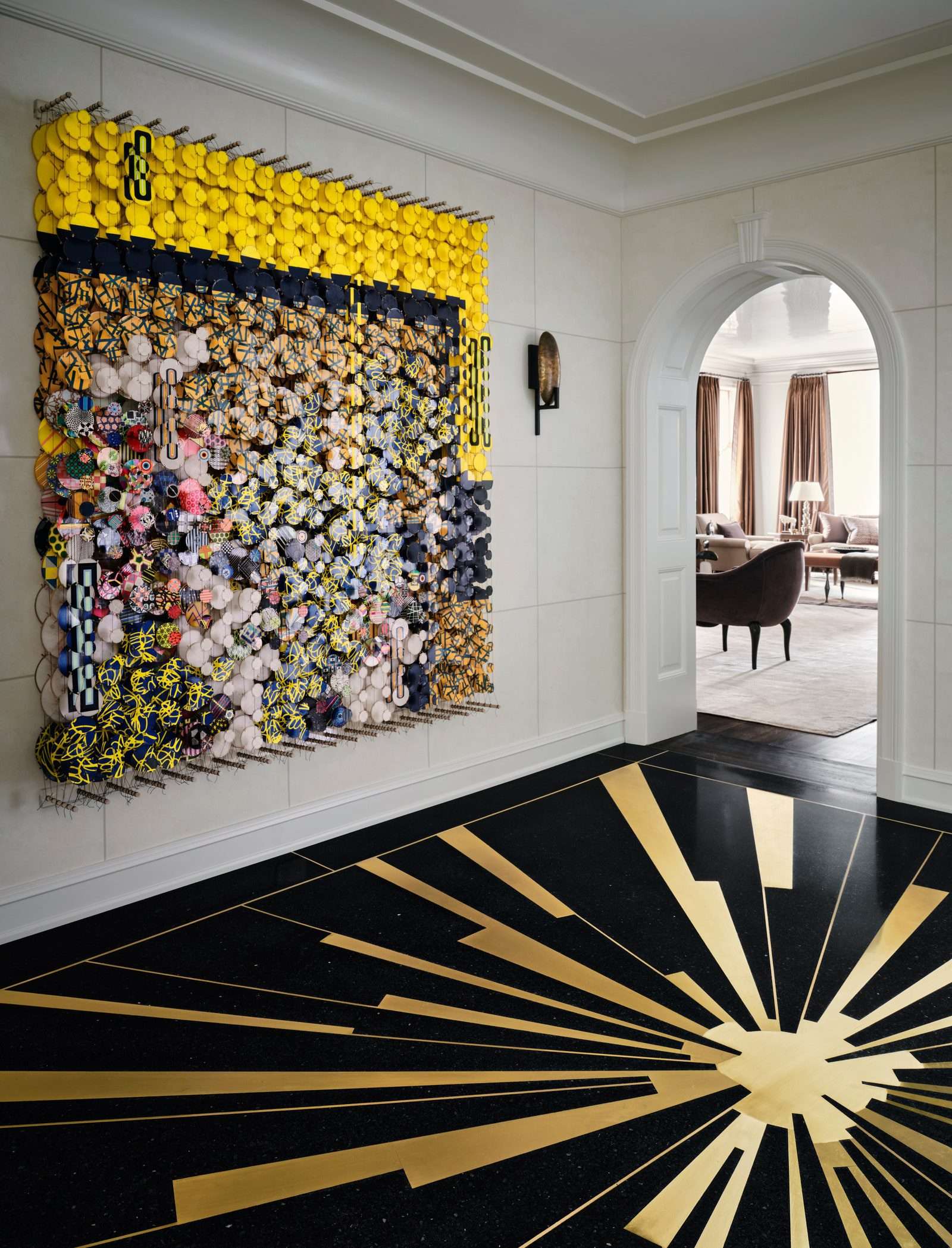While some may argue the era of Art Deco interior design is over, it’s undeniable that its spirit lives on. “When we’re talking about Art Deco, generally we’re thinking of the style and aesthetic most popular during the 1920s and ’30s,” says Jennifer Durand, design director at Jessica Lagrange Interiors. Often defined by geometric patterns and motifs, bold jewel tones, and rich material palettes, the interior design style is opulent and decadent. “These days, we probably wouldn’t do a whole authentic Art Deco interior,” adds Jessica Lagrange, founder of the aforementioned eponymous design firm. “But we like to use bits and pieces, which can be very timeless, and use them in a contemporary setting.” Below, AD outlines everything you need to know about Art Deco style, from its history to modern interpretations, and how you can bring the luxurious look into your home.
What is Art Deco interior design?
According to Wesley Moon, interior designer and founder of Wesley Moon Design and Decoration, there are two ways to think about Art Deco design: the historical roots and the modern renditions. Of course, to appreciate the latter, you first have to understand the former.
History of Art Deco interior design
Historically, Art Deco, which is short for arts décoratifs, started in France in the early 1900s. “But it really flourished in America in the ’20s and ’30s,” Moon explains. Generally categorized as the style of art, interiors, architecture, and product design popular in the era between the First and Second World Wars, it didn’t get its name until 1925 during the Exposition Internationale des Arts Décoratifs et Industriels Modernes, which was held in Paris and was the first time the style was exhibited. Designs of this time were often defined by a streamlined look—generally composed of simple lines and geometric shapes for ornamentation—made from expensive materials. “When we think of Art Deco, we picture symmetrical, geometric, streamlined pieces with simplistic form,” Durand tells AD, “but made with really innovative, specialty materials.”


 العربية
العربية